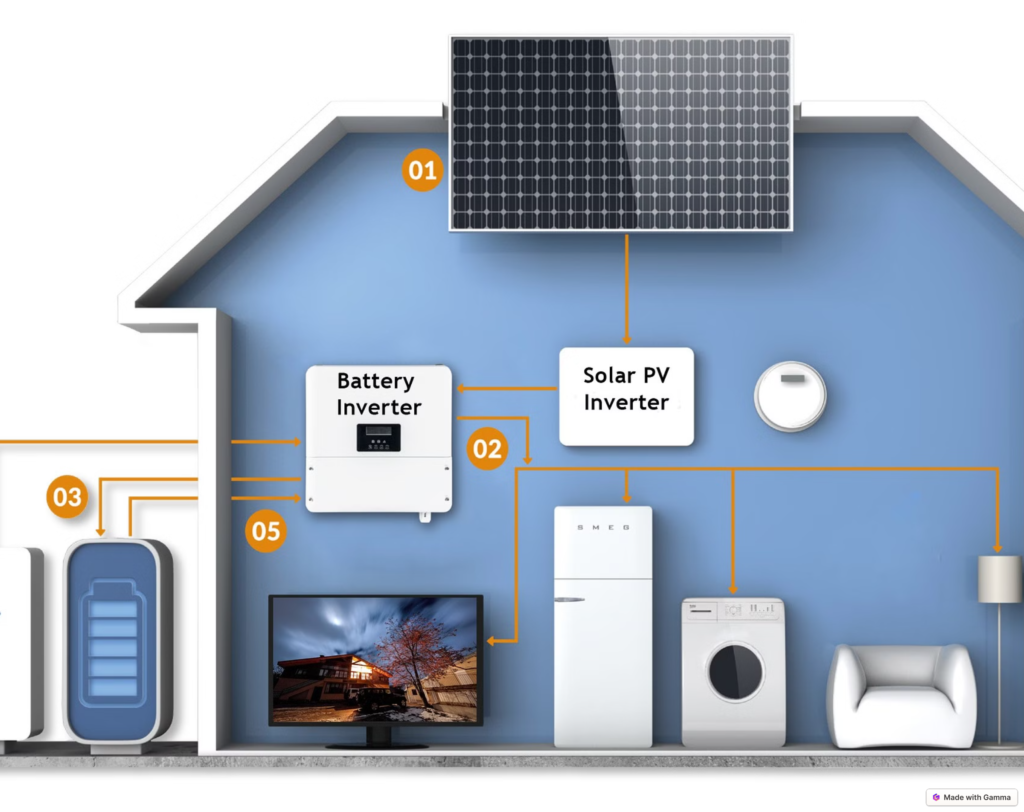Key Considerations for Integrating Solar Panels into Smart Energy Management Systems
System Compatibility and Integration Challenges
Voltage and Power Matching with Energy Storage Units
Solar panels generate direct current (DC), while most smart energy management systems (SEMS) and household appliances operate on alternating current (AC). Inverters must align the DC output voltage of solar arrays with the AC input requirements of storage batteries and grid interfaces. For instance, a 48V solar panel system requires a charge controller and inverter rated for 48V DC to 240V AC conversion to ensure seamless energy flow. Mismatched voltages can cause overheating in inverters or incomplete battery charging, reducing system lifespan by up to 30%.
Communication Protocol Standardization
SEMS rely on standardized communication protocols to synchronize data between solar panels, batteries, and grid operators. Protocols like Modbus-TCP or IEEE 2030.5 enable real-time monitoring of energy production, storage levels, and demand response signals. A 2024 study in California demonstrated that systems using non-standardized protocols experienced 18% more data transmission errors, leading to delayed fault detection and inefficient energy dispatch.
Multi-Energy Source Coordination
In hybrid systems combining solar, wind, and diesel generators, SEMS must prioritize renewable sources during peak production. For example, a microgrid in Germany uses a hierarchical control algorithm to allocate 70% of load demand to solar power when irradiance exceeds 800 W/m². This reduces diesel fuel consumption by 42% annually while maintaining grid stability through automated backup generator activation during cloud cover.
Performance Optimization Through Data Analytics
Real-Time Irradiance and Temperature Compensation
Solar panel efficiency declines by 0.5% per °C above 25°C. SEMS should incorporate temperature sensors on panel backsheets to adjust power output predictions dynamically. A system in Arizona uses machine learning models trained on historical weather data to predict daily efficiency losses, enabling proactive adjustments to battery charging schedules and reducing curtailment by 15%.
Predictive Maintenance Using Sensor Fusion
Combining voltage, current, and thermal sensor data improves fault detection accuracy. For instance, a 1MW solar farm in Spain deployed edge computing devices to analyze sensor streams, identifying 92% of potential inverter failures 72 hours in advance. This reduced downtime by 60% compared to systems relying solely on manual inspections.
Energy Consumption Pattern Analysis
SEMS should correlate solar generation data with household or industrial load profiles to optimize self-consumption rates. A residential system in Australia uses smart meters to track appliance usage, scheduling water heater operation during peak solar production hours. This increased self-consumption from 55% to 82%, reducing grid electricity purchases by 37%.
Cybersecurity and Physical Safety Measures
Network Segmentation for Critical Components
Solar inverters and battery management systems (BMS) should operate on isolated network segments to prevent lateral attacks. A 2023 incident in Germany saw hackers compromise a residential SEMS through an unsecured Wi-Fi connection, causing battery overcharging and fire risks. Implementing VLANs and firewall rules reduced similar attack surfaces by 89% in subsequent deployments.
Lightning Protection and Grounding
Panels installed in lightning-prone regions require dedicated grounding rods and surge protectors. A solar farm in Florida follows IEC 62305 standards by installing 10m grounding rods spaced 20m apart, achieving <10Ω resistance. This system diverted 98% of lightning strikes to ground, preventing $200,000/year in equipment damage.
Anti-Theft and Vandalism Design
Outdoor solar installations need tamper-proof mounting structures and motion-activated CCTV. A project in South Africa reduced panel theft by 76% by using hex-head bolts requiring specialized tools for removal and integrating vibration sensors that trigger alerts to security personnel.
Environmental Adaptation Strategies
Dust and Snow Accumulation Mitigation
In arid regions, self-cleaning coatings or electrodynamic dust removal systems maintain panel efficiency. A study in Saudi Arabia showed that panels with hydrophobic coatings retained 92% of their nominal output after six months, compared to 78% for uncoated panels. For snow-prone areas, tilting panels at >40° angles accelerates snow shedding, reducing downtime by 4-6 hours per storm.
Flood Resistance for Coastal Installations
Panels in tidal zones require IP68-rated enclosures and elevated mounting heights. A system in the Netherlands uses floating platforms with adjustable buoyancy to keep panels 1.5m above maximum tide levels, preventing water ingress during storm surges.
Corrosion Protection for Marine Environments
Salt spray accelerates metal degradation, necessitating anodized aluminum frames and stainless-steel hardware. A solar-powered lighthouse in Norway applies anti-corrosion wax coatings to panel edges, extending component lifespan from 15 to 22 years in high-salinity conditions.
By addressing these technical, operational, and environmental factors, SEMS can maximize solar energy utilization while ensuring system reliability and safety across diverse applications.


